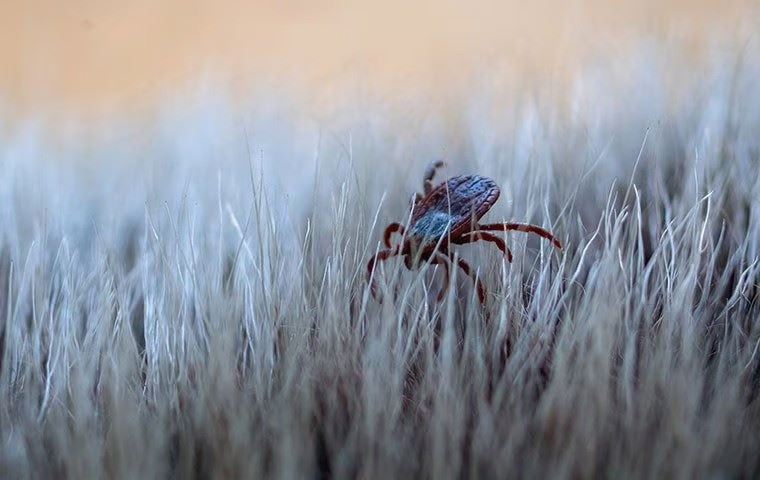
The Dangers Ticks Bring To Residents And Pets In The Midwest
Act Quickly - Avoid The Danger Ticks Can Cause You And Your Pets!

We all know that ticks can make us sick, but few realize how sick. We’ve all heard about Lyme disease, but it can be easy to underestimate tick-borne diseases if you don’t know someone who has experienced it. But before we get into the diseases ticks can transmit to us and our pets, we want to begin by saying that not every tick that bites has a disease. And tick-borne diseases take time to transfer from the infected tick to their host. For example, Lyme disease can take 24 to 48 hours to be transferred. Therefore, if ticks are caught early enough and removed properly, illness can be avoided, depending on the disease the tick has. It is also important to understand that Lyme disease and other tick-borne diseases are treatable in their early or acute stage. However, once they progress into their chronic stage, some of these diseases are incurable. So acting quickly to find and remove ticks and having a medical caregiver look if you find a tick, tick bite, or are experiencing the symptoms of tick-borne disease is essential. And this is true of both humans and pets.
There is a long laundry list of diseases associated with ticks. You've probably heard of many of them, but some you may not even know exist. Some of the diseases spread by ticks include Lyme disease, Rocky Mountain spotted fever, Powassan virus, Colorado tick fever, babesiosis, ehrlichiosis, and tularemia, which can cause tick paralysis. The risk of disease depends on which tick you or your pet has been in contact with. Blacklegged ticks, commonly known as deer ticks, are the primary threat for Lyme disease. American dog ticks are the most likely ticks to spread Rocky Mountain spotted fever and tularemia. Lone star ticks spread Rocky Mountain spotted fever and tularemia and are vectors for ehrlichiosis. Groundhog ticks, which prefer to feed on groundhogs and other small mammals, are a high-risk vector for Powassan disease.
Our pets can also contract tick-borne diseases, but the impact each of these diseases has depends on the animal. Between dogs and cats, our dogs are the most susceptible to tick-borne diseases. But that doesn't mean our cats are safe. Cats can contract serious diseases like Haemobartonellosis and cytauxzoonosis from ticks. While rare, these diseases can be deadly.

What's the Action Advantage?
Find Out What Makes Us Different!
-
Environmentally-Friendly Products Available
-
After-Hours Answering Service Available
-
70+ Certified Pest Management Professionals
-
Trusted by the Community Since 1946



